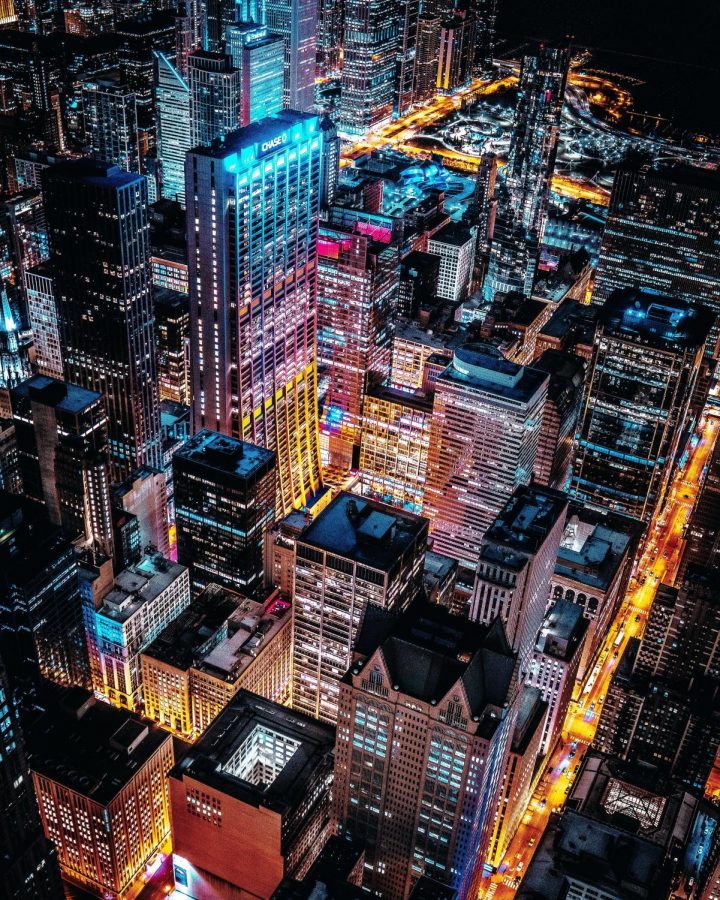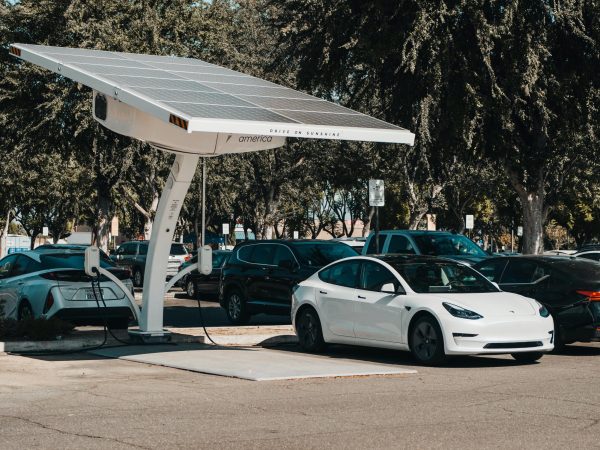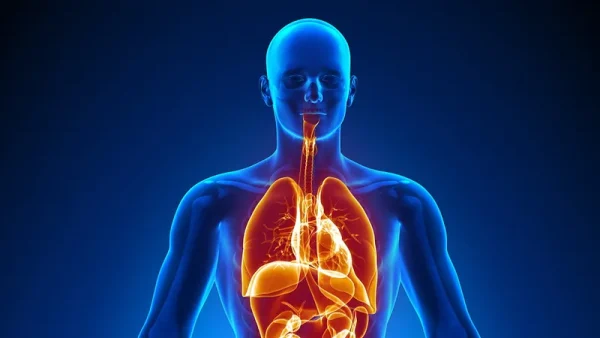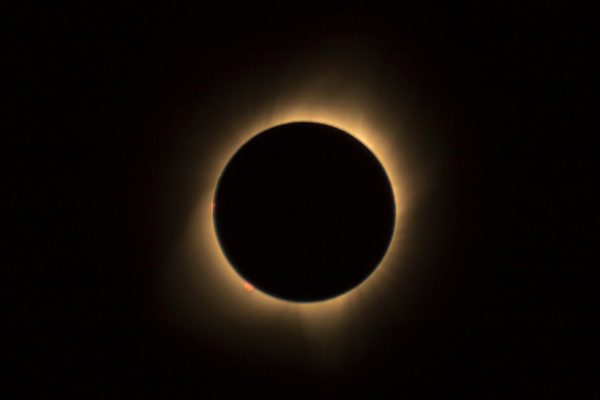The Environmental Effect of Light Pollution
Another type of pollution is harming animals and damaging the environment: artificial light. A new examination of over 100 peer reviewed studies has shown the wide ranging and pervasive effects of light pollution. The researchers at the University of Exeter are now attempting to determine the main sources of this light pollution, which may prove to be a very challenging task.
Thousands of studies have investigated the effect of light pollution on a diverse collection of wildlife. For example, Coral reefs near coastal cities are failing to reproduce because even during the night, it is as bright as day. Large predators are migrating to populated areas, using the extra light to hunt. In these studies, a small number of plants and animals benefited from the extra illumination, but the overall impact of light pollution is extremely negative.
Insects are being hit the hardest from the extreme amounts of artificial light. It has long been suspected that insect populations are at a decline, but a recent examination of nature preserves showed that only about one third of the total number of insects remains. The cause of this mass death is still being studied, but one of the more popular hypotheses is that artificial light at night prevents many insect’s ability to navigate. This in turn would inhibit seasonal migrations and reproductive patterns.
While light pollution is a major problem, especially in cities, the main causes are still disputed. A recent study by the GFZ (German Research Center for Geosciences) paved the way for a process of determining the causes of light pollution. By temporarily turning off street lights late at night, they were able to determine the impact they had on the amount of light pollution. Other cities can conduct similar research to determine ways to reduce light pollution from sources other than streetlights, said Christopher Kyba, the lead author of this paper. While a huge amount of research is underway, we are still far from identifying and eliminating light pollution from the environment.









